Saving money on utilities has become more significant than ever for both renters and homeowners. American households spend between $500 to $600 monthly on utility bills, which takes much of our monthly budgets.
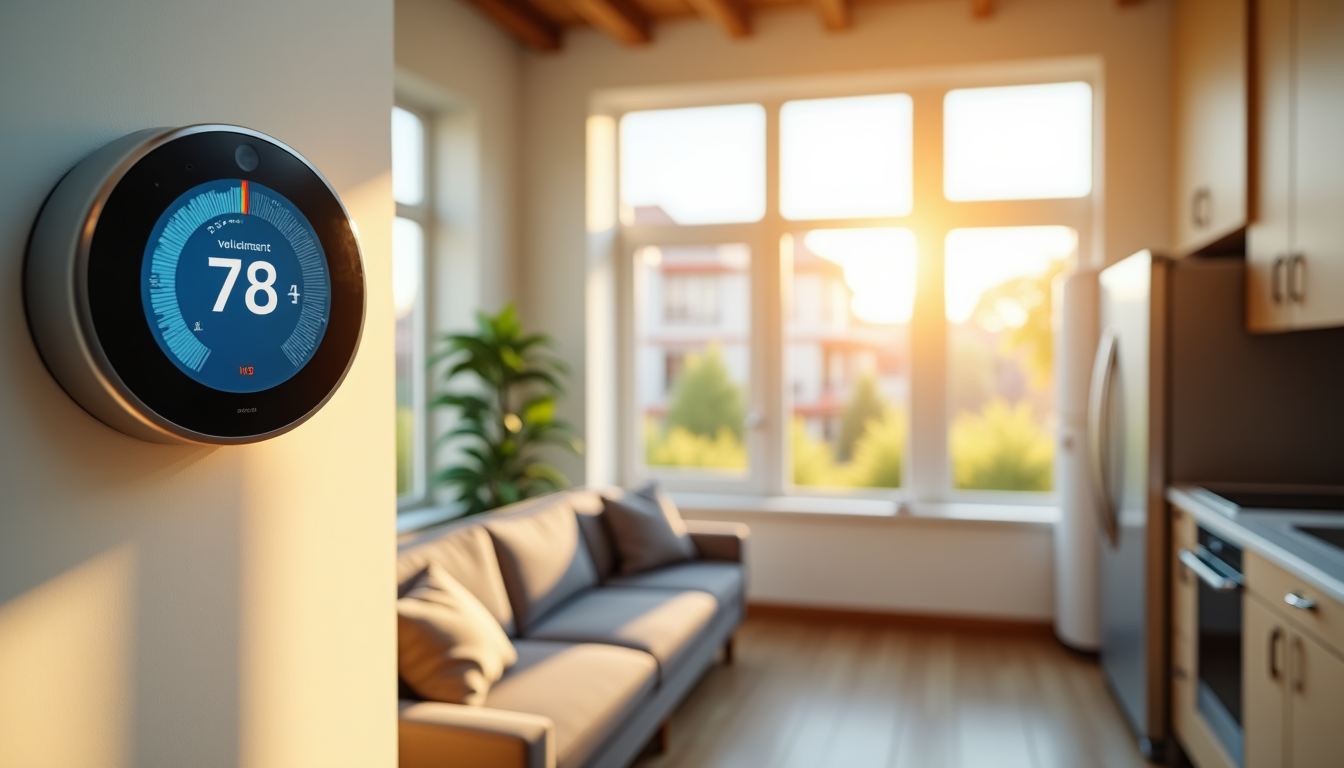
Simple changes can lead to big savings on your utility costs. Your electricity bills can drop by up to 25% with reduced usage. The thermostat adjustment of 7-10 degrees for 8 hours daily saves 10% on heating and cooling costs. LED bulbs can save you $225 each year. These changes help cut costs while keeping your home comfortable.
You have landed at the right place to learn about proven utility-saving methods. My list includes 15 tested techniques that work effectively, supported by data and hands-on experience. Let’s dive into these money-saving strategies now.
Smart Thermostat Programming
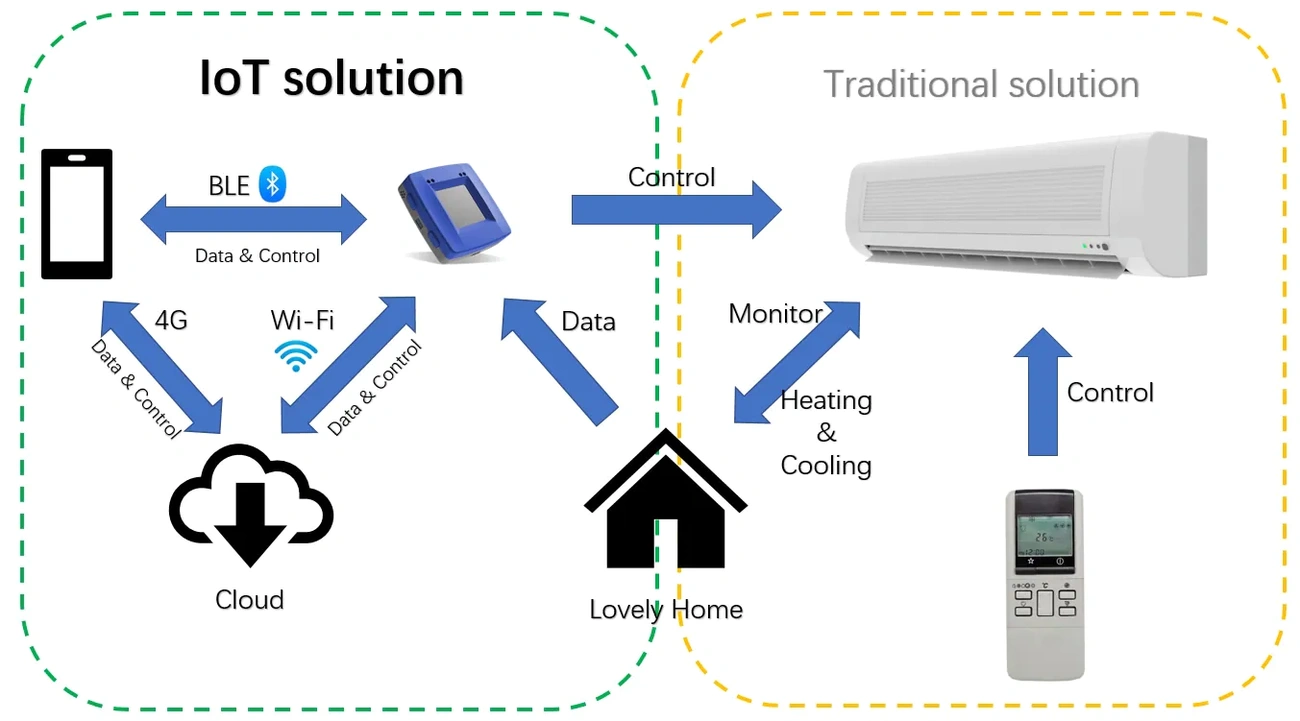
Image Source: The Climate Tech Handbook
Smart thermostats are a great way to cut down utility costs by controlling temperature automatically. These devices help households save about 8% on heating and cooling costs each year, which adds up to $50 in savings1.
Smart Thermostat Features
You can control modern smart thermostats from anywhere using smartphone apps. These devices learn your schedule through smart algorithms and adjust temperature settings based on your daily patterns69. On top of that, they work with weather forecasts to change settings ahead of time, which keeps you comfortable while saving energy.
Temperature Optimization Guide
You’ll save the most money by following these temperature settings:
- 78°F during summer when home70
- 70-78°F for general comfort throughout the year70
- 60-67°F while sleeping for better rest70
Cost Savings Analysis
Smart thermostats prove to be budget-friendly over time. Setting your thermostat 8 degrees lower when you’re away can lead to big savings on heating and cooling70. The best models have shown savings of up to 26% on utility bills71.
Installation Tips
Make sure your home has good WiFi coverage and check if your system works with smart thermostats1. You can install it yourself, but professional installation costs between $200 to $50071. Many utility companies help by offering rebates on these costs1. The best spot for your thermostat is on an interior wall away from sunlight, air vents, and windows70.
Energy-Efficient Appliance Upgrades
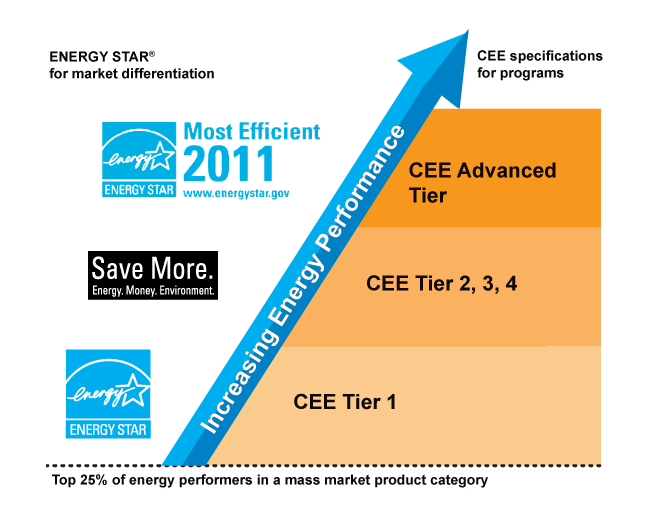
Image Source: IoEnergy
Modern energy-efficient appliances can help you save money on utility bills. ENERGY STAR certified appliances use less power but still deliver great performance72.
Best Energy Star Ratings
The ENERGY STAR’s Most Efficient 2025 recognition explains which appliances lead the pack – from refrigerators and dishwashers to clothes washers and dryers72. This is a big deal as it means that these appliances perform better than federal minimum standards to get certified, which guarantees you’ll save on energy costs73.
Cost vs Savings Analysis
Energy-efficient appliances cost more upfront, but you’ll recover the investment through savings:
- Refrigerators: Save up to USD 200.00 over lifetime74
- Dishwashers: Use 12% less energy and 30% less water75
- Washing machines: Cut energy use by 20% and water by 40%76
- Water heaters: Save up to USD 3,500.00 over lifetime77
Government Rebates Available
The Inflation Reduction Act provides excellent rebates for energy-efficient appliances. Households earning less than 80% of their area’s median income can get full cost coverage78. Moderate-income households can receive up to 50% coverage, with maximum rebates of:
- USD 840.00 for electric ranges and dryers
- USD 1,750.00 for heat pump water heaters
- USD 8,000.00 for heat pumps78
When to Replace Old Appliances
The 5-10-15 rule makes it easy to decide about replacements79:
- Keep appliances under 5 years old
- Check efficiency and costs at 10 years
- Replace with energy-efficient models after 15 years
Refrigerators over 15 years old use double the energy of new ENERGY STAR models80. You should replace these power-hungry appliances first.
Home Insulation Improvements
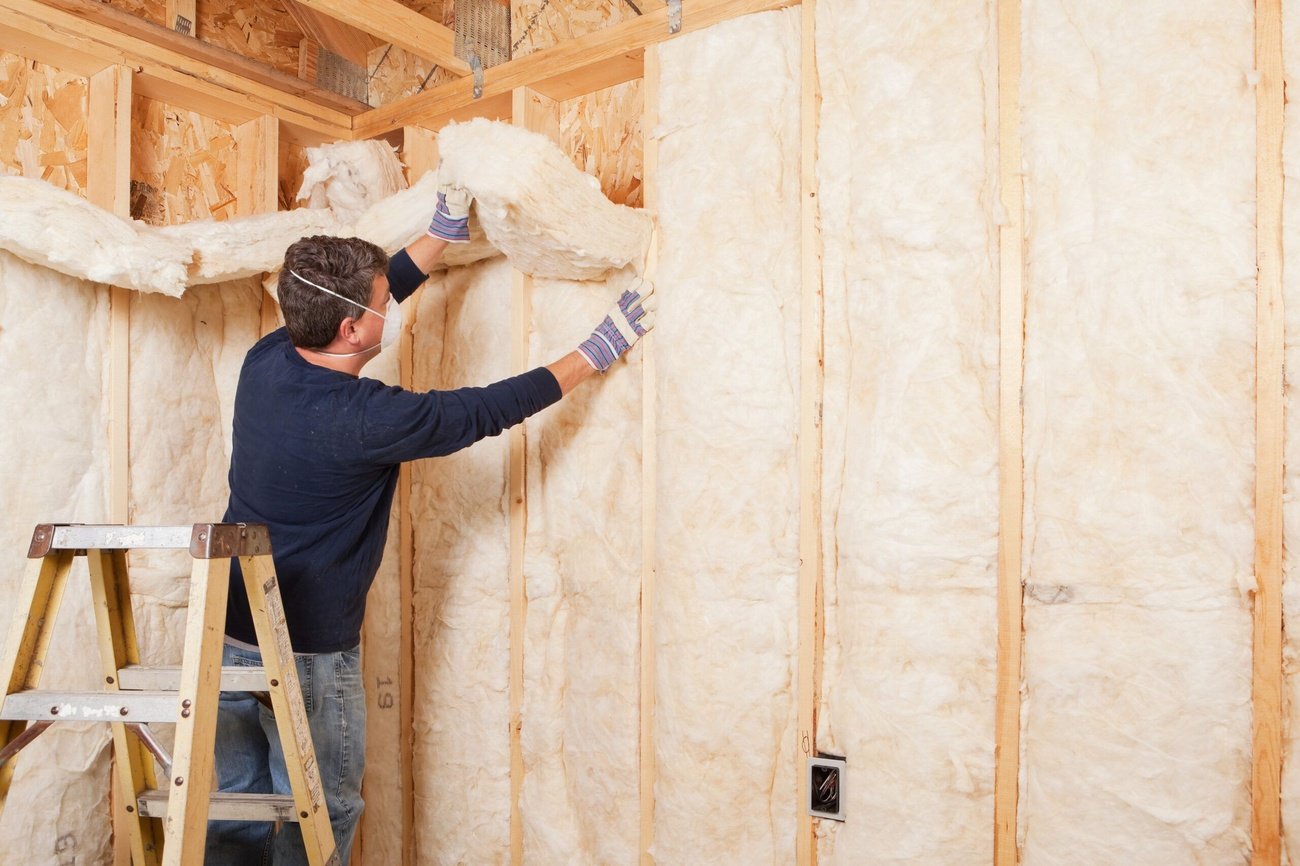
Image Source: This Old House
Home insulation is the life-blood of energy efficiency that prevents up to 70% of total heat gain and loss in homes81.
Types of Insulation
The most effective insulation materials that meet industry standards include:
- Fiberglass: Most common, accessible to more people in batts and loose-fill forms82
- Cellulose: Made from recycled paper and treated with borate to resist fire82
- Mineral Wool: Naturally fire-resistant and comes in batts and loose-fill82
- Foam: Offers highest R-value per inch and comes in spray or rigid board forms82
DIY vs Professional Installation
Professional installation delivers better results for complex areas like attics and walls. DIY attempts might create safety risks from unstable surfaces and exposure to fiberglass83. Professionals use specialized tools and have the expertise to ensure proper coverage that eliminates common installation errors and maintains efficiency83.
ROI Timeline
Insulation provides a quick return on investment. Your attic and wall insulation investment can pay for itself in just two years81. Here’s what you can save annually by region:
- Attic insulation: Up to USD 120.00 in cold climates81
- Wall insulation: Approximately USD 300.00 annually81
- Crawl space insulation: Around USD 200.00 yearly81
- Floor insulation: As much as USD 300.00 per year81
Installation costs range from USD 1,852.00 to USD 4,500.0084, while blown-in insulation costs between USD 975.00 to USD 2,200.0084. These investments can cut your heating and cooling costs by 15%85.
Water Conservation Methods
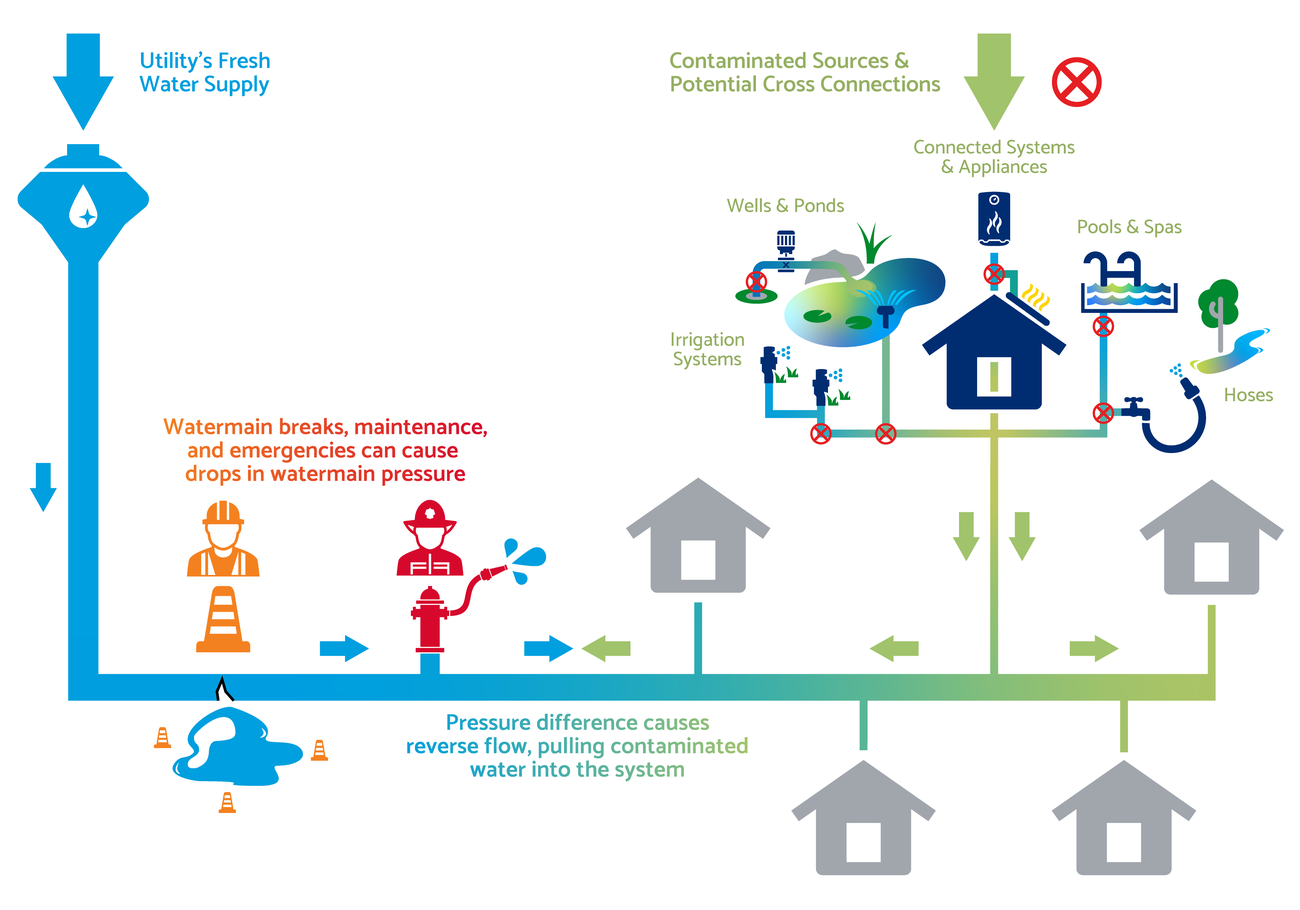
Image Source: www.myutility.us
Water conservation gives you a chance to lower your monthly utility bills. You can cut household water use with modern water-saving technologies without affecting your daily routine.
Low-Flow Fixtures
WaterSense labeled bathroom faucets and accessories reduce water flow by 30% compared to standard 2.2 gallons per minute fixtures86. These efficient fixtures help you save about 700 gallons each year86. Switching to low-flow showerheads saves around 2,700 gallons of water yearly15. A few dollars spent on water-efficient faucet aerators can give you the same savings as replacing entire fixtures16.
Smart Water Meters
Digital water meters track how much water you use with live monitoring17. These devices spot unusual water patterns and send quick alerts to your smartphone about possible problems17. The technology helps people save water by showing them exactly how much they use18.
Leak Detection Systems
Small household leaks waste much water every day19. Smart leak detectors, which are battery-powered devices about the size of a hockey puck, work best near leak-prone equipment like water heaters and dishwashers19. Your smartphone gets instant alerts from these sensors when they detect water19. One senior housing project saved over a million gallons of water and USD 10,000 in just eight months using this technology15.
Water Bill Analysis
Water bills usually include fixed infrastructure fees and usage charges20. You can save money by understanding these parts of your bill. Many water companies now have apps that show your usage throughout the billing cycle15. Regular bill reviews combined with efficient fixtures and leak detection can cut your household water costs by hundreds of dollars each year16.
Solar Power Integration
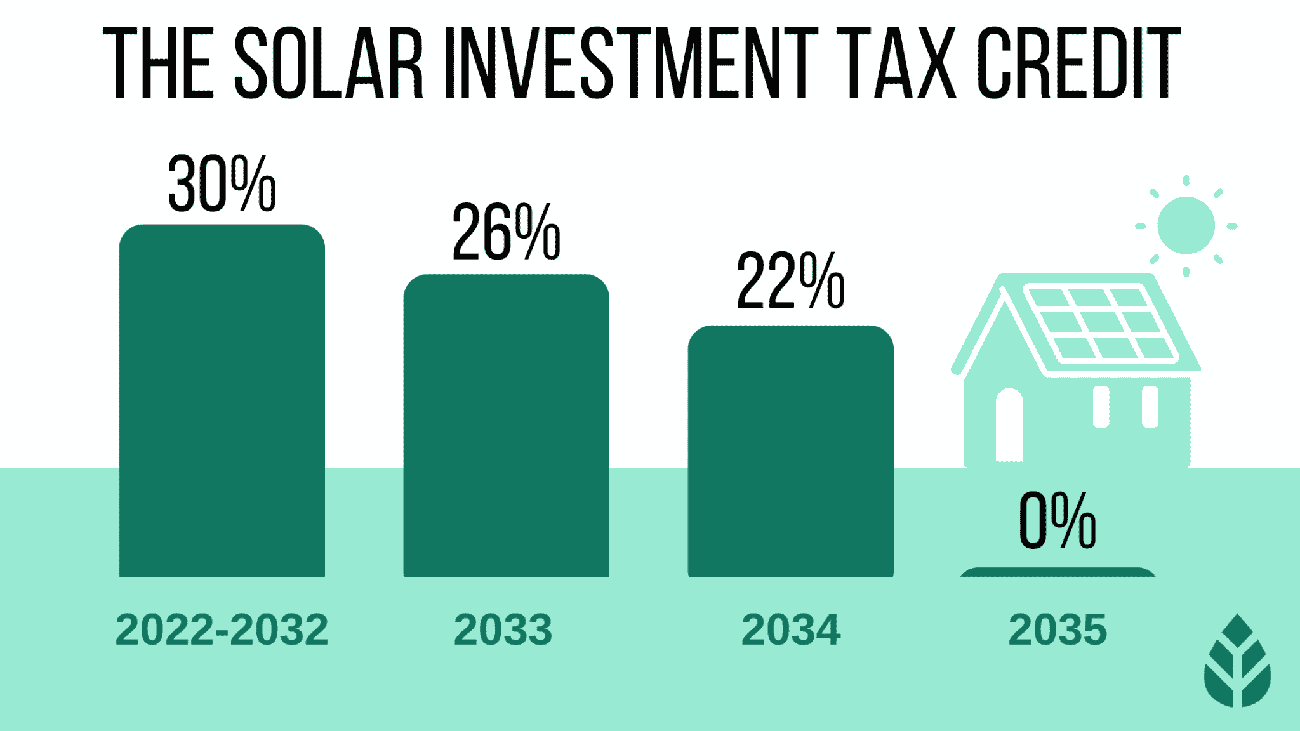
Image Source: EcoWatch
Solar panels are a major investment that reduces utility costs. These systems pay for themselves within 6-12 years3.
Solar Panel Options
Homeowners can choose from three main types of panels: monocrystalline panels with high efficiency, polycrystalline panels that provide affordability, and thin-film panels with flexible installation options5. Monocrystalline panels reach efficiency ratings above 24%, which makes them perfect for homes with limited roof space9.
Installation Costs
A standard 6kW solar system costs USD 16,620 before incentives21. The total installation cost breaks down into three components:
- 50% materials and equipment
- 25% labor and permits
- 25% maintenance and overhead22
Tax Incentives
The federal government provides substantial tax benefits through 2034:
- 30% tax credit through 2032
- 26% credit in 2033
- 22% credit in 203421
Many states offer extra incentives like property tax exclusions and performance-based rewards23.
Energy Production Estimates
A well-sized system can cut electricity bills by 70-90%5. The energy production depends on several factors:
- Geographic location and sunlight exposure
- Roof orientation and angle
- Panel efficiency rating
- System size relative to household consumption24
System maintenance costs about USD 150 yearly for cleaning and upkeep21. This investment typically boosts home value by 4.1%22.
HVAC Maintenance Schedule
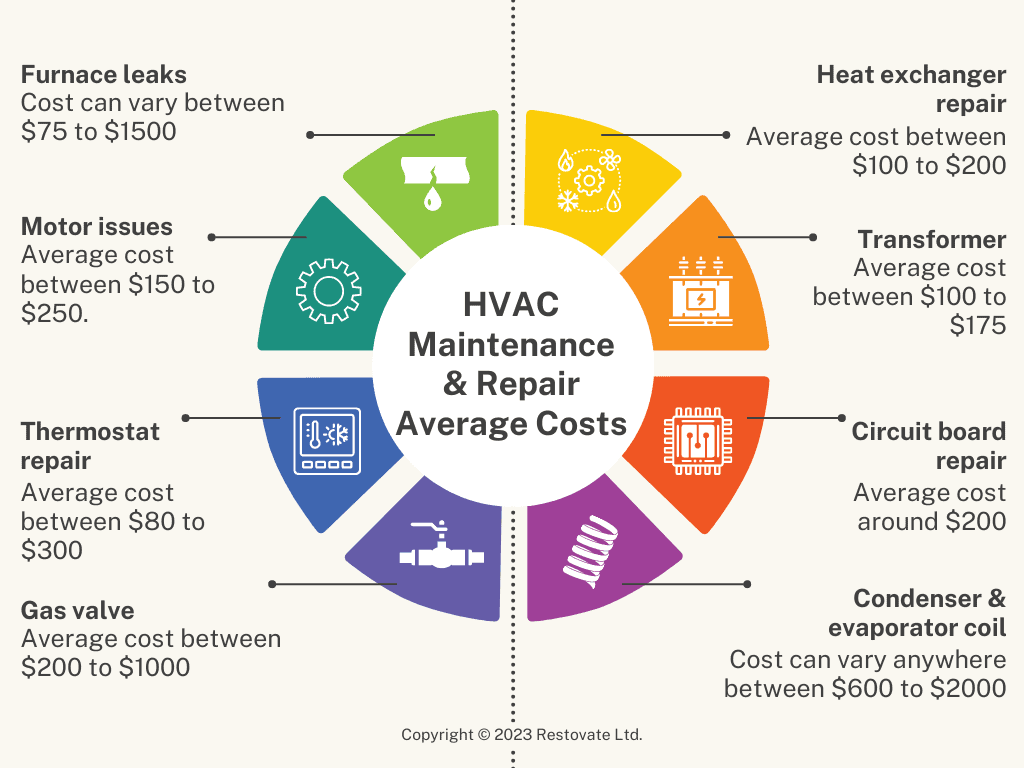
Image Source: Mike Holmes
HVAC maintenance plays a vital role in reducing utility costs. The right maintenance approach can lower energy bills by 5-40%6.
Seasonal Maintenance Tasks
We scheduled bi-annual maintenance to work best – cooling system checks in spring and heating system inspections in fall6. A professional maintenance checklist has:
- Tightening electrical connections and measuring voltage
- Lubricating moving parts to reduce friction
- Cleaning evaporator and condenser coils
- Checking refrigerant levels and system controls
- Inspecting condensate drains and gas connections6
Professional vs DIY Maintenance
Some tasks are perfect for DIY efforts, but professional expertise is significant for complex maintenance. Licensed HVAC technicians have specialized training and tools to properly care for your system25. All the same, homeowners can handle simple tasks like keeping outdoor units clear of debris and monitoring system performance6. Professional maintenance typically costs between $200 to $500, and many utility companies offer rebates to offset these expenses26.
Filter Replacement Guide
Your system’s efficiency depends on monthly filter inspections6. Follow these steps to get optimal results:
- Turn off system power before replacement
- Remove old filter carefully
- Note airflow direction arrows on new filter
- Insert new filter securely
- Restore power and verify operation27
Filter replacement schedules vary based on usage. Homes with pets or high dust levels need monthly changes, while others can wait up to three months27. This simple maintenance task prevents up to 15% efficiency loss6.
Smart Power Strip Usage
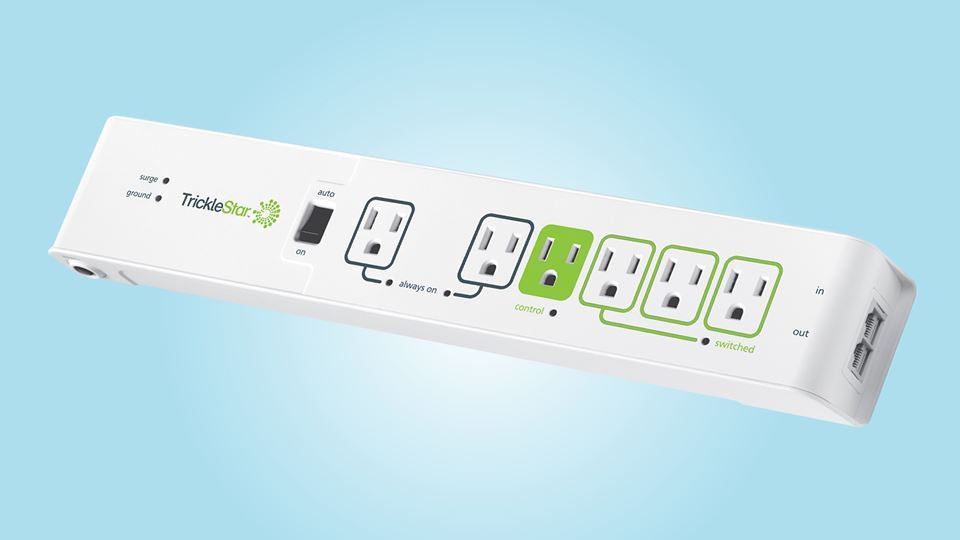
Image Source: Efficiency Vermont
Smart power strips can help you save money by cutting down on standby power usage that adds 5-10% to household energy bills28. These devices are a great way to curb hidden energy costs as they cut power automatically to devices that are in standby mode.
Types of Smart Strips
You can find advanced power strips in different configurations based on your needs:
- Tier 1 strips come with master, energy-saving, and always-on outlets7
- Tier 2 strips detect device activity through infrared sensors7
- Timer-equipped strips let you schedule power management
- Motion-sensing strips adjust power based on room activity29
Standby Power Management
These power strips know when your devices go into standby mode and cut the power to stop unnecessary usage28. They work best in entertainment centers and home offices where electronics often stay in standby mode. A single strip can manage up to six outlets on its own30. You can control your connected devices through smartphone apps or voice commands.
Device Compatibility
These smart power strips blend naturally with everyday household electronics, though some devices need special attention. Devices that need constant power, such as DVRs or alarm systems, should use the “always-on” outlets29. The strips work with voice assistants like Alexa and Google Assistant30. Users can set up automated schedules, check immediate power usage, and manage multiple devices from one place.
LED Lighting Conversion
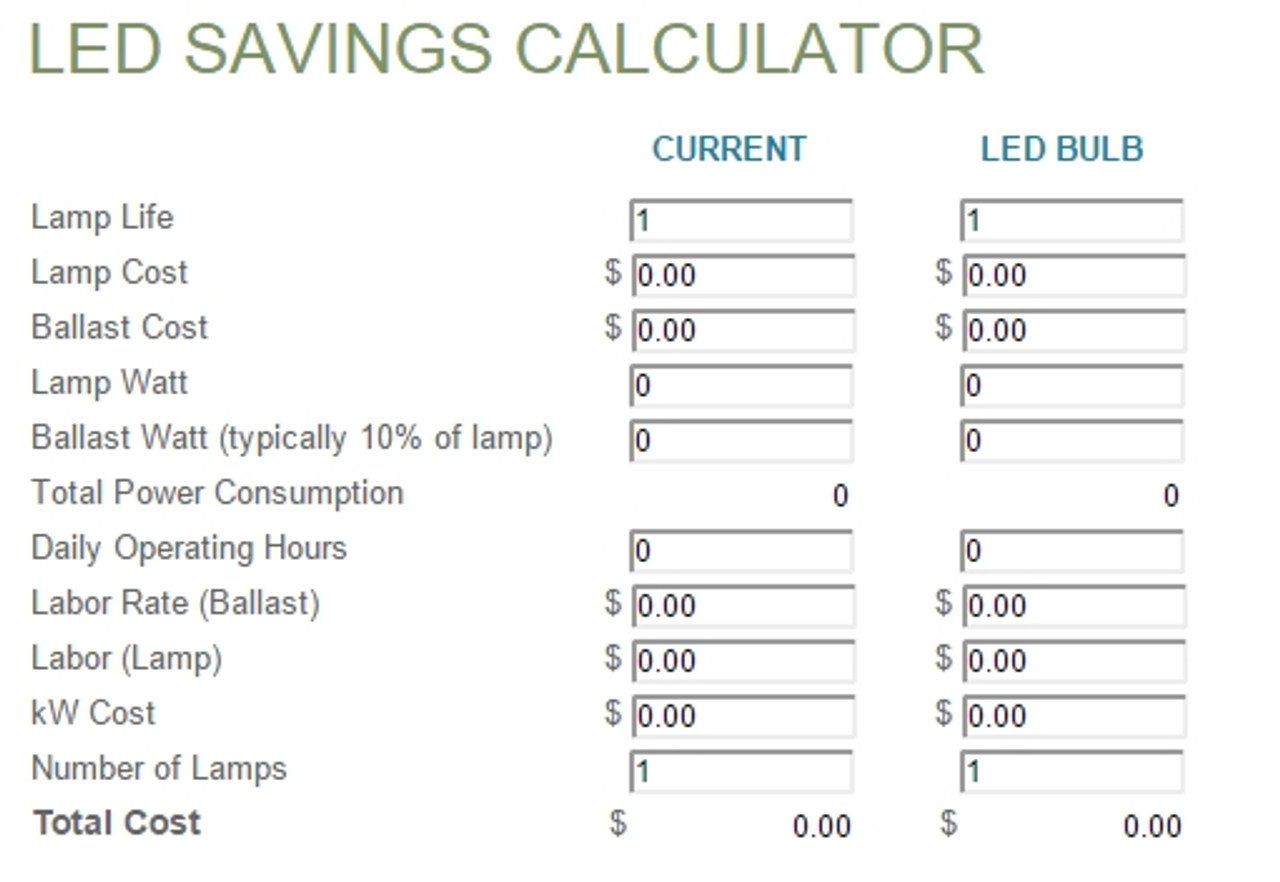
Image Source: Lighting Supply Outlet
Switching to LED lighting cuts utility costs right away by using less energy. These modern bulbs use 75% less energy and last up to 25 times longer than traditional incandescent options31.
Bulb Selection Guide
The main focus should be on lumens rather than watts when picking LED bulbs. The optimal brightness levels are:
- 800 lumens to replace 60-watt bulbs
- 1,100 lumens for 75-watt equivalents
- 1,600 lumens for 100-watt replacements8
Light color temperature plays a key role in setting the right ambiance. A warm, yellow light of 2,700-3,000 Kelvins works best for bedrooms and living areas. Task-oriented spaces like kitchens benefit from 5,000-6,500 Kelvins8.
Installation Areas
LED technology proves efficient and durable across many home applications. Popular spots for LED installation include under-cabinet lighting, recessed fixtures, outdoor security lights, and decorative setups32. Waterproof LED strips excel in bathrooms and outdoor spaces, which improves safety and extends their lifespan32.
Cost Savings Calculator
An average household saves about $225 annually after switching to LED lighting33. These savings add up since LEDs can work for up to 50,000 hours31. Despite higher upfront costs, LED bulbs pay for themselves within months through lower energy bills34. Widespread LED adoption could save 569 TWh annually by 2035, matching the output of 92 power plants31.
Window and Door Sealing
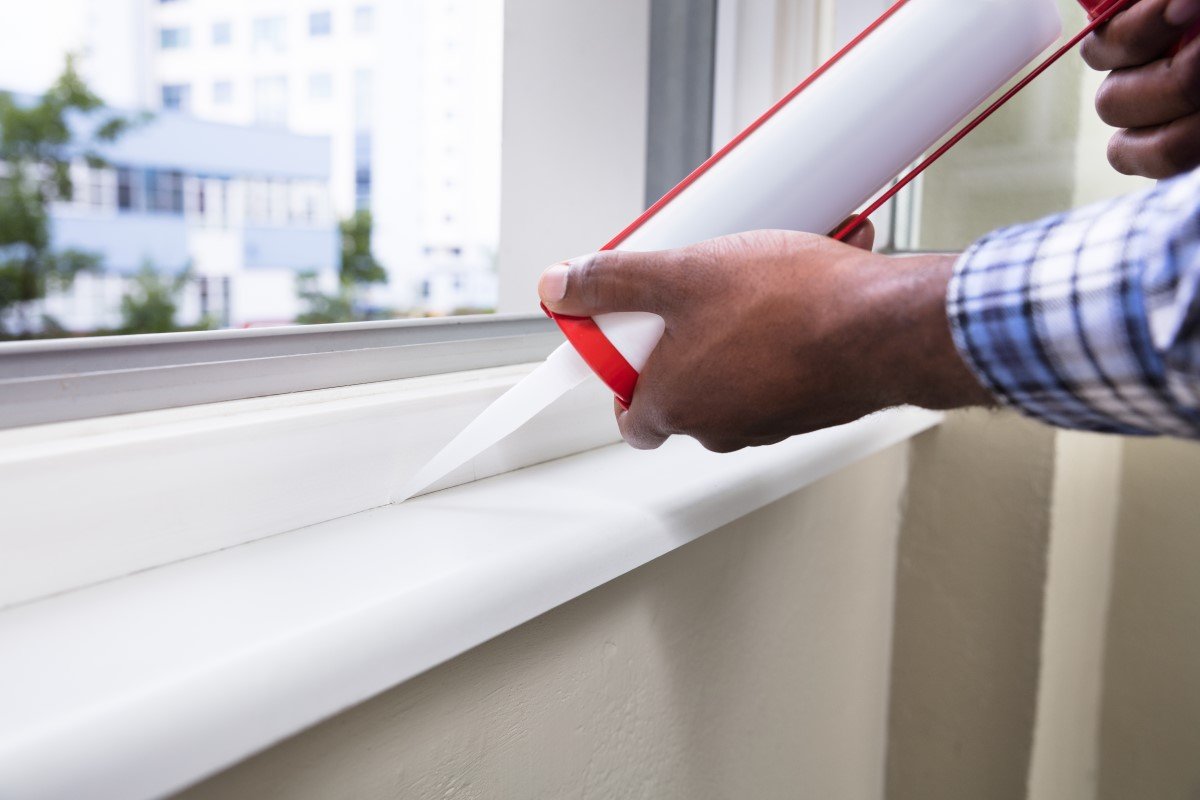
Image Source: Department of Energy
Air leaks around windows and doors can waste up to 40% of your home’s energy use35. You can reduce utility costs right away by sealing these gaps properly.
Weather Stripping Options
The right weatherstripping material choice depends on how often you use the area and your climate conditions. We used these common options:
- V-strip (tension seal): Durable plastic or metal strips work best for door sides36
- Foam tape: Works great for irregular-sized cracks and lasts 1-2 years37
- Tubular rubber: Provides flexible sealing and stands up well in high-traffic areas36
- Magnetic strips: Creates tight seals that work best on metal doors2
Caulking Techniques
The right caulking application will give a lasting seal. Clean the area and remove old caulk before starting38. Latex and silicone-based caulks work well for most jobs, but silicone caulk bends better on metal and glass surfaces39. You should apply caulk at a 45-degree angle and pull the gun toward you with steady pressure38.
Professional Assessment
A professional energy assessment helps find hidden air leaks through special tests like blower door assessments40. Experts can spot problems around electrical outlets, plumbing holes, and window frames that you might miss39. DIY sealing saves money up front, but professional installation often proves more affordable over time and gives complete coverage41.
Off-Peak Usage Strategies
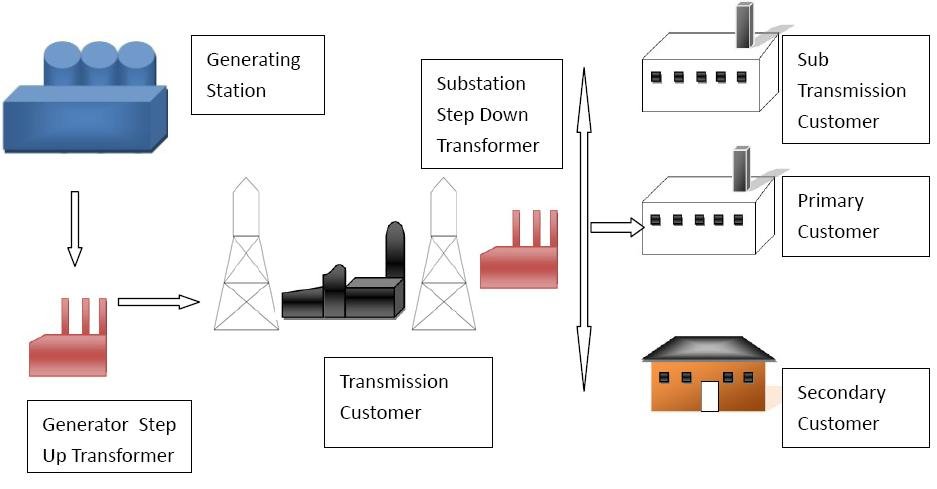
Image Source: www.cse.wustl.edu
Moving energy usage to off-peak hours can significantly reduce your utility costs. Time-of-use rate plans give you lower prices at specific times. Your monthly bills could drop by up to 25% savings reaching up to 25%42.
Peak vs Off-Peak Rates
Summer peak hours run from 3 PM to 6 PM, while winter peaks occur from 6 AM to 9 AM10. Electricity costs less at night because the power grid sees lower usage43. Weekend rates match off-peak pricing, which makes them perfect for running energy-heavy tasks44.
Appliance Timer Settings
The right appliance scheduling helps you save more during off-peak hours. Smart outlet timers can cut your energy costs by controlling:
- Dishwashers and laundry machines after 8 PM
- Water heaters during non-peak periods
- Electric vehicle charging overnight
- Pre-cooling spaces before peak hours45
Smart Grid Integration
Smart grid technology enables two-way communication between utilities and consumers that provides up-to-the-minute usage data46. These systems make shared demand response programs possible. Consumers can reduce their power use during high-demand periods voluntarily47. Smart meters track electricity usage at set intervals and send data that helps households optimize their power consumption48. This reliable system helps integrate renewable energy sources and reduces the utilities’ operational costs46.
Water Heater Optimization
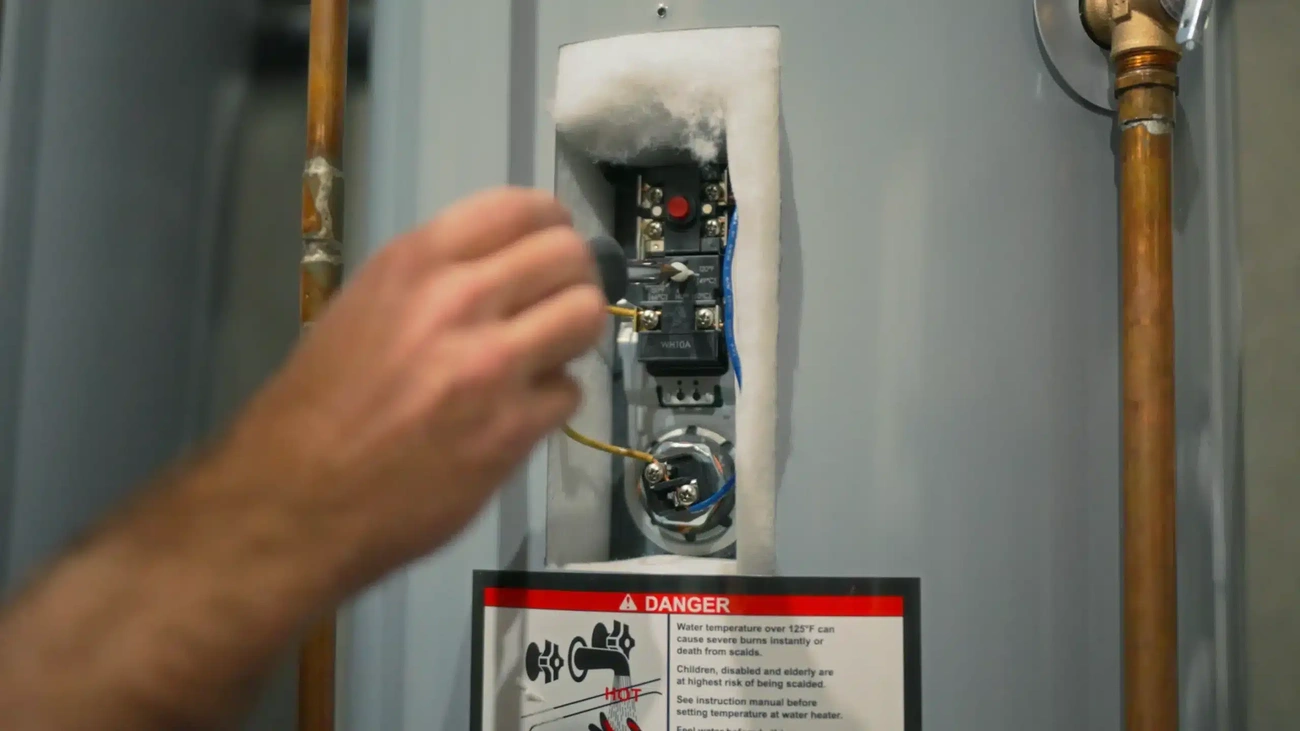
Image Source: Smedley Plumbing
Your water heater uses more energy than your refrigerator, clothes washer, dishwasher, and dryer combined11. The optimization of this appliance will lead to substantial utility savings.
Temperature Settings
A water heater set to 120 degrees Fahrenheit can reduce energy costs by 3-5% for every 10-degree reduction11. Households with dishwashers that lack internal heaters might need temperatures closer to 140 degrees for proper sanitization49. Temperatures above 120 degrees create scalding risks, especially when homes have young children or elderly residents50.
Insulation Methods
Your water heater tank’s insulation can cut standby heat losses by 25-45% and save 7-16% in water heating costs51. You’ll need a pre-cut jacket or blanket that costs about USD 20.0051. The first few feet of hot water pipes connected to the tank should be insulated to reduce heat loss further52.
Maintenance Schedule
Your water heater needs regular maintenance to work efficiently:
- Check pressure relief valve yearly
- Flush tank twice a year
- Keep an eye on anode rod
- Check temperature settings monthly53
Replacement Options
A switch to an ENERGY STAR certified heat pump water heater will save a household of four about USD 550.00 each year on electric bills11. These units come with a federal tax credit of 30% up to USD 2,000.0011. The higher installation costs will pay for themselves within three years through energy savings11.
Ventilation System Efficiency
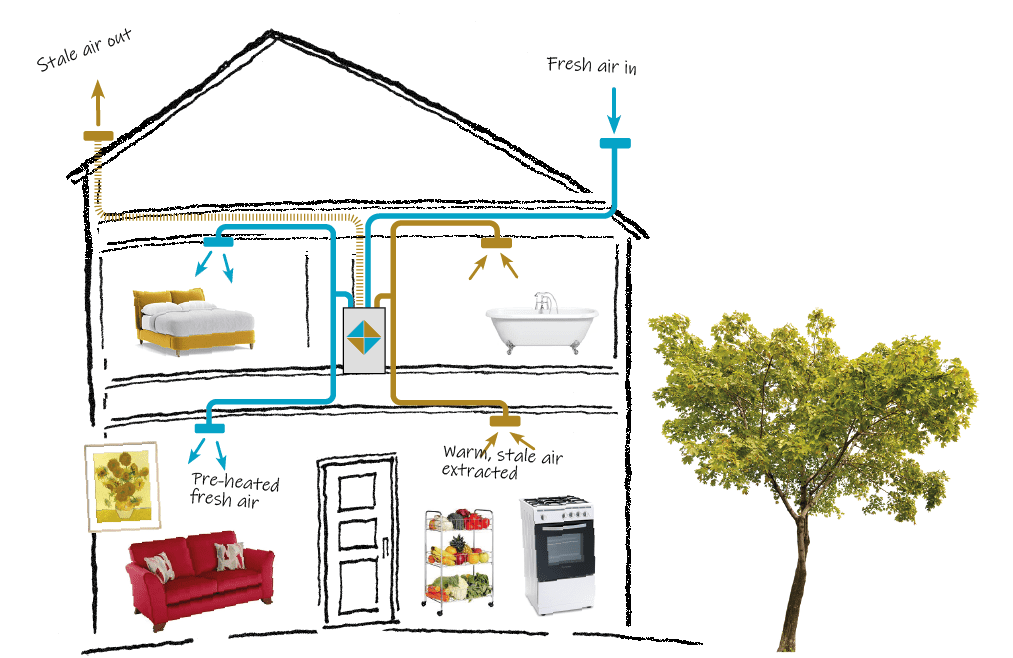
Image Source: Center for Sustainable Energy
Proper ventilation is a vital factor that helps manage utility costs. Energy-efficient homes need mechanical ventilation to maintain indoor air quality4.
Natural Ventilation Techniques
Wind and thermal buoyancy create natural airflow through buildings without mechanical assistance. A quick five-minute window opening allows rapid air exchange without losing too much heat54. Homes that use proper natural ventilation can reduce their cooling needs by up to 5 degrees Fahrenheit when air moves at just 160 feet per minute55.
Mechanical Systems
Different climate needs require four simple mechanical ventilation systems. Supply ventilation performs best in hot climates, while exhaust systems are better suited for colder regions4. Balanced systems maintain equal air pressure and work well in all climates. These systems can recover 70-80% of energy from exhaust air4.
Energy Recovery Options
Energy recovery ventilators (ERVs) and heat recovery ventilators (HRVs) are the quickest ways to improve efficiency. These systems transfer heat from outgoing to incoming air during winter and ended up reducing heating costs56. ERVs also control moisture levels, which makes them perfect for humid climates57. The installation costs around USD 2,000, but the energy savings make these systems affordable over time54.
Regular maintenance is key to peak performance. A professional should inspect the system every six months, and filters need changes every 30-90 days depending on use56. This routine will give a consistent efficiency boost and longer system life.
Community Solar Programs
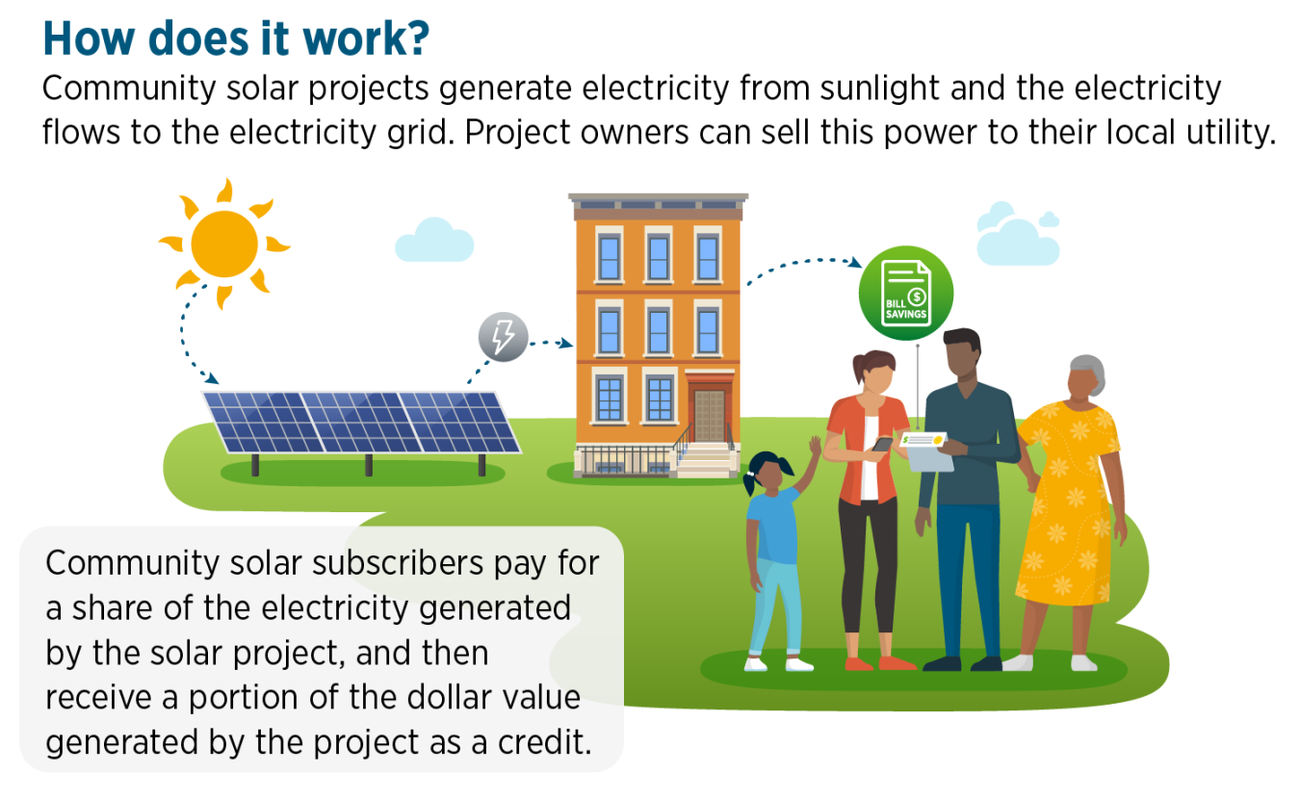
Image Source: Department of Energy
Community solar programs help households cut their utility costs and benefit from solar energy without installing panels. These shared solar projects benefit multiple customers in the same geographic area58.
Program Types
Two models shape the community solar world. Subscription-based programs let participants pay monthly for solar electricity through power purchase agreements. Ownership-based projects let customers invest directly in solar shares59. Subscription models are more common because they provide immediate savings without big upfront costs.
Enrollment Process
Getting started with community solar is straightforward. You need to check if programs are available in your utility service area. Then provide your utility account details and choose how you want to pay – either monthly or with an upfront investment60. Most programs combine billing with your regular utility statements to make payments easier.
Cost Benefits
People who use community solar usually save 5-15% on their yearly electricity costs61. These programs give you guaranteed savings through:
- No upfront installation costs
- Zero maintenance responsibilities
- Immediate bill credits through virtual net metering
- Flexible subscription terms59
State incentives help participants in some regions get more benefits through solar renewable energy certificates59. Community solar gives people an available way to save on utilities, especially when you have rental properties or homes with roofs that don’t work for solar panels62.
Government Incentive Programs
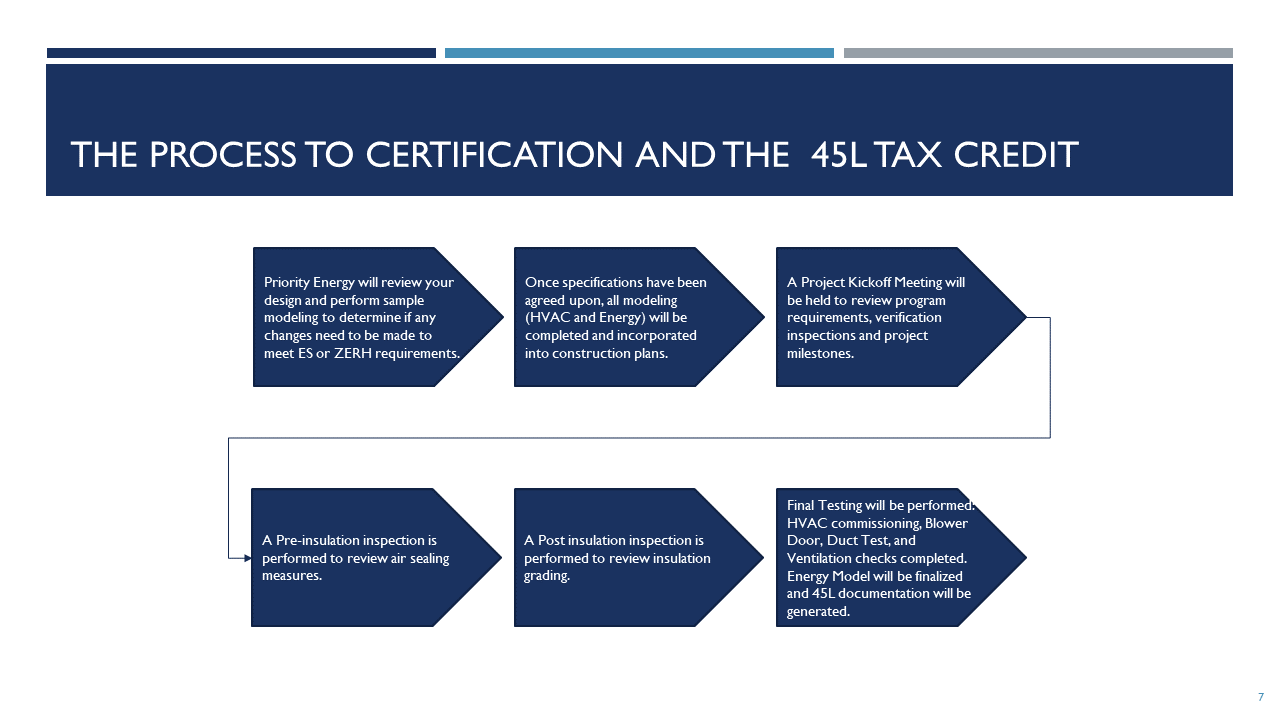
Image Source: Priority Energy
Homeowners can significantly reduce their utility costs through federal incentive programs that provide tax credits and rebates. The current annual claim limit stands at USD 3,200 for energy-efficient home improvements63.
Federal Tax Credits
Homeowners can get back 30% of their qualified expenses through the Energy Efficient Home Improvement Credit until 203263. The credit covers improvements such as insulation, energy-efficient windows, and HVAC upgrades. Homeowners can claim USD 1,200 for energy-efficient property costs and USD 2,000 for heat pumps and biomass systems63.
State Rebates
State programs work alongside federal incentives to provide extra savings. Home Energy Rebate programs give point-of-sale rebates to income-eligible consumers12. Households earning less than 80% of their area median income can get rebates that cover all their energy-efficient appliance costs12.
Local Utility Programs
Government agencies and local utilities work together to create efficiency programs for homes and businesses13. These programs provide:
- Free energy audits for small businesses
- On-bill financing options
- Direct installation programs
- Public benefit fund access
Application Process
The process starts with checking eligibility in the Department of Energy’s database64. You’ll need to collect documentation like purchase receipts and certification statements. Federal credits require filing Form 5695 with your tax return63. Many utilities make this easier by adding rebates directly to regular billing statements13.
Home Energy Audit Process
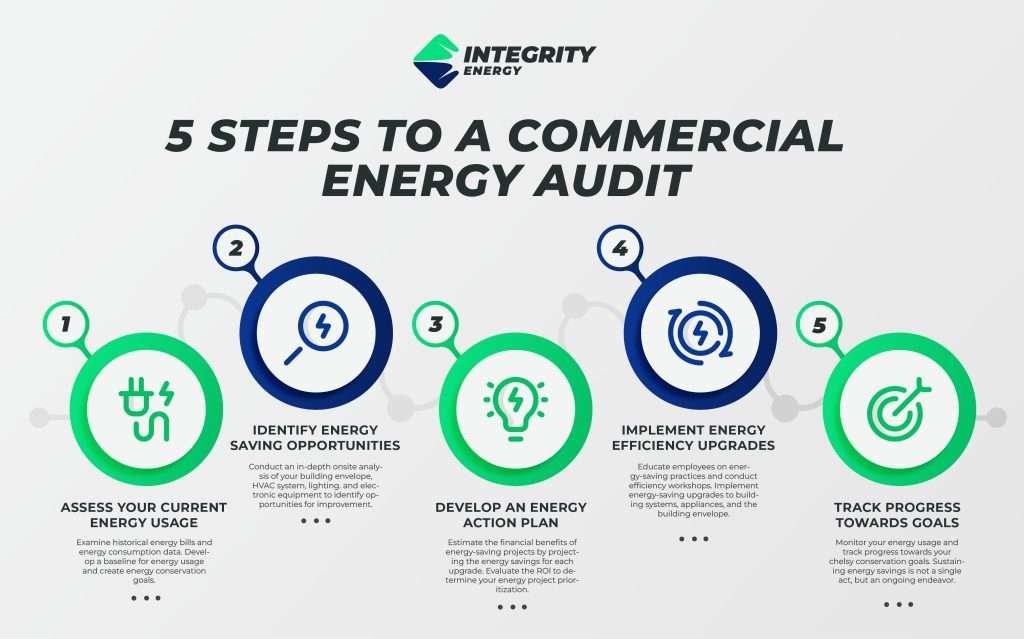
Image Source: Integrity Energy
Home energy audits help you find ways to save money on utilities. Professional assessments can reduce your energy costs by 5-30% annually65.
DIY Audit Steps
Start by gathering your recent utility bills to create a baseline for energy use. The next step involves checking insulation levels in attics and walls. Look for visible gaps around windows and doors. The last step is to review how well your major appliances and HVAC systems work66. We focused on building a detailed checklist of areas that need attention65.
Professional Assessment
Professional auditors use specialized equipment to get a detailed evaluation. Getting a full picture usually takes 4-8 hours and costs between USD 300.00 to USD 500.0066. These evaluations use blower door tests to measure air infiltration rates. They also include thermographic inspections to spot heat loss patterns14.
Common Issues
Professional energy audits often uncover hidden problems that affect your home’s efficiency. The audit typically reveals poor insulation, air leaks around electrical outlets, and HVAC system problems14. The detailed assessments also tend to find moisture and ventilation problems67.
Implementation Plan
Your strategy should prioritize improvements based on potential energy savings. Safety concerns need immediate attention. Budget-friendly improvements with big results come next. Larger investments should be planned based on return-on-investment analysis66. Many utility companies end up offering rebates to help cover improvement costs68.
Comparison Table
| Utility-Saving Method | Annual Savings | Implementation Cost | Available Incentives | Benefits | Maintenance Needs |
|---|---|---|---|---|---|
| Smart Thermostat | 8% on heating/cooling (~$50) | $200-$500 | Utility company rebates | App-based remote control, smart learning, weather updates | App updates and calibration |
| Energy-Efficient Appliances | $200-$3,500 (varies by appliance) | Depends on appliance | Complete coverage for low-income homes; $840-$8,000 rebates | 12-40% less energy use, reduced water usage | Replace every 5-10-15 years |
| Home Insulation | 15% on heating/cooling | $1,852-$4,500 | Not listed | Stops up to 70% heat transfer, 2-year ROI | Minimal upkeep |
| Water Conservation | Varies by method | Few dollars (simple fixtures) | Not listed | Saves thousands of gallons yearly | Check for leaks |
| Solar Power | 70-90% on electricity | ~$16,620 (6kW system) | 30% federal tax credit until 2032 | 4.1% home value increase | $150 yearly upkeep |
| HVAC Maintenance | 5-40% on energy bills | $200-$500 yearly | Utility company rebates | Longer system life, better performance | Professional service twice yearly |
| Smart Power Strips | 5-10% on energy bills | Not listed | Not listed | Controls standby power automatically | Minimal care needed |
| LED Lighting | $225 yearly | Costs more than standard bulbs | Not listed | Uses 75% less energy, lasts 25x longer | Minimal care needed |
| Window/Door Sealing | Up to 40% on energy use | Varies by method | Not listed | Instant energy loss reduction | Yearly checks |
| Off-Peak Usage | Up to 25% monthly | Minimal | Time-of-use plans | Lower rates at specific times | Monitor schedule |
| Water Heater Optimization | 7-16% on water heating | $20 for insulation blanket | 30% tax credit up to $2,000 for new units | Less standby heat waste | Check twice yearly |
| Ventilation Systems | Not listed | ~$2,000 | Not listed | Recovers 70-80% energy from exhaust | Professional check every 6 months |
| Community Solar | 5-15% on electricity | No upfront cost | State incentives vary | No maintenance needed | None needed |
| Government Incentives | Up to $3,200 yearly | Varies by improvement | Federal and state programs | Multiple improvements covered | Apply yearly |
| Home Energy Audit | 5-30% possible savings | $300-$500 | Utility company rebates | Full efficiency review | One-time check |
Wrap-up
Smart investments and daily habits can reduce your utility costs effectively. Our research shows that 15 proven methods lead to the most important savings. Quick wins like LED lighting save $225 each year, while major upgrades like solar panels can slash electricity bills by 70-90%.
Your small changes create big results fast. A smart thermostat reduces heating and cooling costs by 8%. The right water heater settings lower energy use by 7-16%. Home insulation projects deliver lasting value by stopping up to 70% of heat loss. These projects pay for themselves in just two years.
Federal tax credits and state rebates have made energy improvements more affordable now. You can claim up to $3,200 each year through 2032 for energy-efficient upgrades. Complete coverage of energy-efficient appliance costs might be available to low-income families.
The quickest way to succeed starts with an energy audit that shows your home’s specific needs. Tackle improvements step by step – start with low-cost changes that affect energy use the most before making bigger investments. Your savings will continue year after year with regular HVAC maintenance and proper use of smart power strips.
Note that each home has unique needs, so choose methods that fit your situation and budget best. Lower utility bills begin with taking that first step today.
Access more info at
12 Smart Transportation Money-Saving Tips That Actually Work in 2025
FAQs
Q1. What are some quick ways to reduce my electric bill? Simple tricks include sealing air leaks, using window coverings wisely, adjusting your thermostat, and unplugging electronics when not in use. Regular maintenance of HVAC systems and using energy-efficient appliances can also lead to significant savings.
Q2. How much can I save by switching to energy-efficient appliances? By upgrading to energy-efficient appliances, you can potentially save up to 90% on your energy costs. This includes everything from refrigerators and washing machines to TVs and other electronics.
Q3. What’s the most effective way to lower my utility bills? Conducting a home energy audit is one of the most effective ways to identify areas for improvement. This can lead to potential savings of 5-30% on your annual energy costs by pinpointing specific issues in your home’s energy efficiency.
Q4. Are there any government incentives for making energy-efficient home improvements? Yes, there are federal tax credits and state rebates available for energy-efficient home improvements. Homeowners can claim up to $3,200 annually for qualified upgrades through 2032, with additional state-level programs offering further savings.
Q5. How can I save on heating and cooling costs? Installing a smart thermostat can save about 8% on heating and cooling costs. Additionally, proper home insulation can prevent up to 70% of heat gain and loss, leading to significant savings on your HVAC energy consumption.
References
[1] – https://www.energystar.gov/products/smart_home_tips/smart_thermostats
[2] – https://www.greenbuildingadvisor.com/question/most-effective-door-weatherstripping
[3] – https://exactsolar.com/what-is-the-roi-on-residential-solar/
[4] – https://www.energy.gov/energysaver/whole-house-ventilation
[5] – https://www.solarnplus.com/unlocking-energy-savings-a-comprehensive-guide-to-residential-solar-panels-in-2025/
[6] – https://www.energystar.gov/saveathome/heating-cooling/maintenance-checklist
[7] – https://www.cyberpowersystems.com/blog/energy-saving-features-of-eco-friendly-surge-protectors-and-power-strips/
[8] – https://www.efficiencyvermont.com/blog/how-to/how-to-choose-the-best-quality-led-bulb
[9] – https://www.cnet.com/home/energy-and-utilities/most-efficient-solar-panels/
[10] – https://www.santeecooper.com/residential/defeat-the-peak/
[11] – https://www.energystar.gov/products/energy_star_home_upgrade/super_efficient_water_heater
[12] – https://www.commerce.wa.gov/energy-incentives/ira-home-energy-rebates/
[13] – https://www.epa.gov/statelocalenergy/local-utilities-and-other-energy-efficiency-program-sponsors
[14] – https://www.energy.gov/energysaver/home-energy-assessments
[15] – https://realestate.usnews.com/real-estate/articles/how-to-use-less-water-and-save-on-your-water-bill
[16] – https://www.experian.com/blogs/ask-experian/how-to-lower-water-bill/
[17] – https://www.performanceservices.com/resources/smart-water-meters-smarter-water-management-for-cities-and-towns/
[18] – https://smartwatermagazine.com/q-a/what-smart-water-metering
[19] – https://www.nytimes.com/wirecutter/reviews/the-best-smart-leak-detector/
[20] – https://www.epa.gov/watersense/understanding-your-water-bill
[21] – https://www.quickenloans.com/learn/solar-panel-roi
[22] – https://www.angi.com/articles/how-much-does-it-cost-install-solar-panels.htm
[23] – https://www.cnet.com/home/energy-and-utilities/california-solar-panel-incentives-tax-credits-rebates-financing-and-more/
[24] – https://www.energysage.com/solar/how-many-solar-panels-do-i-need/
[25] – https://www.goodmanmfg.com/resources/hvac-learning-center/maintenance/why-diy-hvac-is-a-bad-idea
[26] – https://www.goodmanmfg.com/resources/hvac-learning-center/maintenance/seasonal-heating-and-air-conditioning-maintenance
[27] – https://www.carrier.com/residential/en/us/products/air-conditioners/air-conditioner-maintenance/how-to-perform-air-filter-replacement/
[28] – https://science.howstuffworks.com/environmental/green-tech/sustainable/smart-power-strip.htm
[29] – https://oppdthewire.com/smart-power-strips-how-works-oppd/
[30] – https://www.kasasmart.com/us/products/smart-plugs/kasa-smart-wi-fi-power-strip-hs300
[31] – https://www.energy.gov/energysaver/led-lighting
[32] – https://www.ledyilighting.com/top-location-of-installation-of-led-strip-lights-at-home/
[33] – https://www.energy.gov/energysaver/lighting-choices-save-you-money
[34] – https://www.olamled.com/what-are-the-actual-savings-in-led-bulbs-vs-traditional-bulbs/
[35] – https://sealed.com/resources/home-energy-audit-cost-and-how-to/
[36] – https://www.thisoldhouse.com/doors/21018244/the-essential-guide-to-weatherstripping
[37] – https://www.lowes.com/n/how-to/weather-strip-your-doors
[38] – https://www.energy.gov/energysaver/do-it-yourself-savings-project-using-caulk-seal-air-leaks
[39] – https://www.tuckpointing.com/blog/how-proper-caulking-contributes-to-energy-efficiency-in-office-spaces/
[40] – https://www.nyserda.ny.gov/Featured-Stories/The-Complete-Guide-to-Home-Energy-Assessments
[41] – https://vocal.media/education/how-much-does-it-cost-to-air-seal-your-home
[42] – https://paylesspower.com/blog/what-is-an-outlet-timer-how-it-can-help-with-energy-efficiency/
[43] – https://www.solarreviews.com/blog/peak-hour-electricity-explained
[44] – https://www.psegliny.com/timeofday/timeofdaytips/offpeakappliancesavings
[45] – https://lifeinhacks.com/en/water-and-energy-savings/how-to-save-electricity-using-timers/
[46] – https://www.energy.gov/oe/grid-modernization-and-smart-grid
[47] – https://www.prysmian.com/en/insight/sustainability/what-is-a-smart-grid-and-how-does-it-work
[48] – https://www.sciencedirect.com/science/article/pii/S1876610214028124
[49] – https://www.aireserv.com/about/blog/2018/april/best-temperature-for-a-water-heater/
[50] – https://www.moeplumbing.com/blog/2020/march/what-temperature-should-i-set-my-water-heater-at/
[51] – https://www.energy.gov/energysaver/do-it-yourself-savings-project-insulate-water-heater-tank
[52] – https://www.energy.gov/energysaver/articles/15-ways-save-your-water-heating-bill
[53] – https://www.homedepot.com/c/ah/water-heater-maintenance/9ba683603be9fa5395fab90ba592279
[54] – https://www.homesandgardens.com/solved/ways-to-ventilate-your-home-this-winter-without-increasing-energy-bills
[55] – https://www.buildwithrise.com/stories/natural-ventilation
[56] – https://www.ahrinet.org/scholarships-education/education/homeowners/how-things-work/energy-recovery-ventilators
[57] – https://www.carrier.com/residential/en/us/products/indoor-air-quality/ventilators/
[58] – https://www.nrel.gov/state-local-tribal/community-solar.html
[59] – https://www.energysage.com/community-solar/community-solar-pricing-models-overview/
[60] – https://www.cnet.com/home/energy-and-utilities/which-states-have-community-solar-find-out-here/
[61] – https://www.energysage.com/community-solar/comparing-top-community-solar-states/
[62] – https://www.energy.gov/eere/solar/community-solar-basics
[63] – https://www.irs.gov/credits-deductions/energy-efficient-home-improvement-credit
[64] – https://www.energysage.com/energy-efficiency/ee-programs/
[65] – https://octopusenergy.com/blog/diy-home-energy-audit
[66] – https://doee.dc.gov/service/diy-home-energy-audit
[67] – https://www.drenergysaver.com/home-energy-audit/common-home-energy-problems.html
[68] – https://wellesleyma.gov/1967/Free-Home-Energy-Assessment
[69] – https://www.trane.com/residential/en/resources/blog/what-temperature-should-i-set-my-thermostat-to-in-the-winter-to-save-money/
[70] – https://www.constellation.com/energy-101/best-thermostat-types-and-settings.html
[71] – https://www.nytimes.com/2025/01/13/climate/are-smart-thermostats-worth-it.html
[72] – https://www.energystar.gov/products/most_efficient
[73] – https://www.energy.gov/energysaver/shopping-appliances-and-electronics
[74] – https://www.beiters.com/blog/top-energy-efficient-appliances-to-upgrade-your-home-in-2025.html
[75] – https://www.vanvreedes.com/blog/are-energy-efficient-appliances-worth-it?srsltid=AfmBOordTwQWsP0XCAn4ls80yTfc1D82k5wm51m8YNJybGahZX_Zxwik
[76] – https://erc-co.org/do-energy-efficient-appliances-cost-more/
[77] – https://www.energysage.com/energy-efficiency/costs-benefits/
[78] – https://www.nytimes.com/wirecutter/reviews/home-energy-rebates/
[79] – https://stanfordmag.org/contents/when-to-replace-household-appliances-nitty-gritty
[80] – https://www.consumerreports.org/appliances/best-energy-efficient-kitchen-appliances-a1040572723/
[81] – https://www.insulatekansascity.com/insulation-blog/home-improvement-fastest-roi/
[82] – https://www.homedepot.com/c/ab/types-of-insulation/9ba683603be9fa5395fab902f82532f
[83] – https://www.truteam.com/education/professional-better-choice-install-insulation-diy/
[84] – https://www.angi.com/articles/how-much-does-insulation-cost.htm
[85] – https://greeninsulationgroup.com/cost-benefit-analyses-of-insulation-improvements/
[86] – https://www.epa.gov/watersense/bathroom-faucets
Discover more at:
Zyntra | Trend Nova World | News| Tech| Free Tools| Finance
For more information, contact us at support@trendnovaworld.com